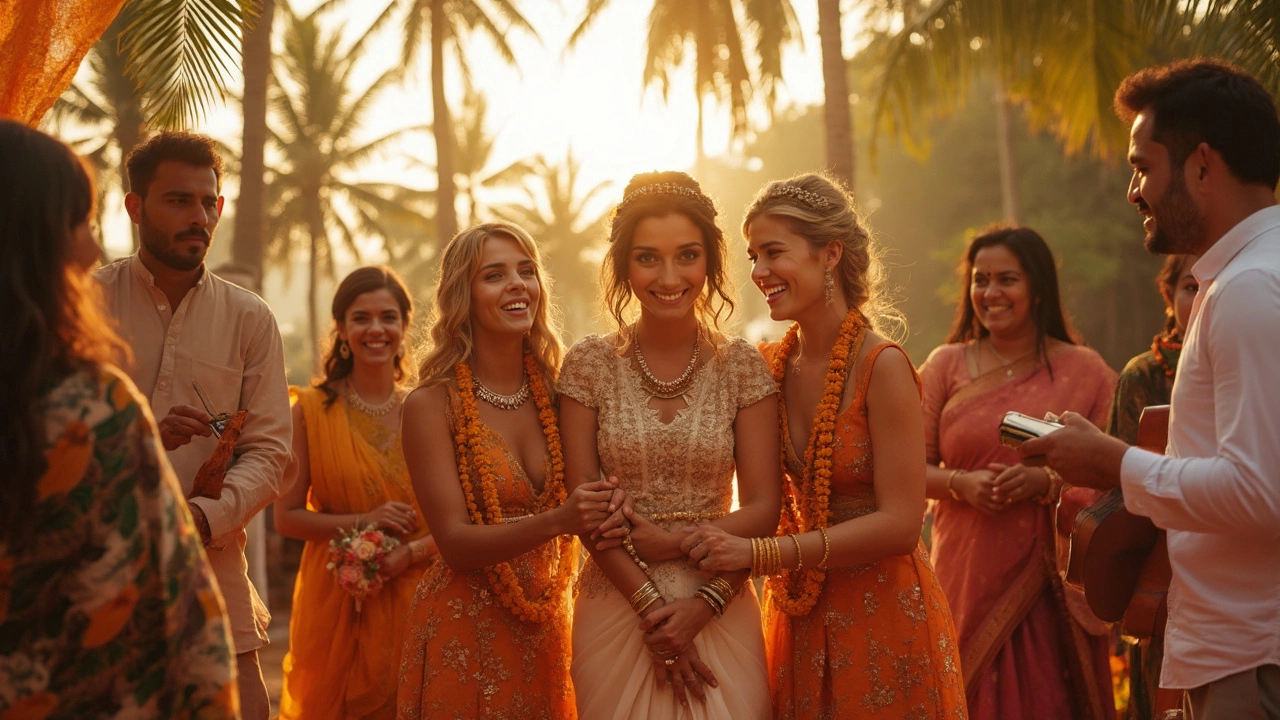Foreign Marriage in India – Rules, Process & Practical Tips
Got a love story that crosses borders? Marrying a foreign partner in India can feel like a maze, but it doesn’t have to be. Below you’ll find the must‑know rules, the paperwork you’ll need, and the usual hiccups that catch people off guard. Follow this guide and you’ll be able to focus on the celebration, not the red‑tape.
Legal Requirements for a Foreign Marriage
First off, the law looks at who you are, not where you’re from. Both parties must be at least 21 years old for a husband and 18 years for a wife, and they need to be legally free to marry – no existing marriage, no close blood ties. If your partner is a foreign national, you’ll need a valid passport and a No Objection Certificate (NOC) from their embassy or consulate confirming they’re not already married.
Next, you’ll have to get a Certificate of No Impediment (CNI) or a similar document from the foreign partner’s home country. This certificate proves that the law there also allows the marriage. Some countries issue it as a “Single Status Certificate.” Make sure it’s translated into English (or Hindi) and attested by the Indian embassy in that country.
Indian law also demands a notice of intended marriage to be filed under the Special Marriage Act if you’re not having a religious ceremony. The notice is displayed for 30 days, giving anyone a chance to raise an objection. After the waiting period, you can schedule the marriage solemnisation at the Marriage Registrar’s office.
Procedures and Common Pitfalls
Here’s the step‑by‑step you’ll actually follow:
- Gather documents: passports, birth certificates, CNIs, NOCs, and proof of residence (like a utility bill).
- Get all foreign documents translated and attested. A missed attestation can stall the whole process.
- File the notice of intended marriage at the local Marriage Registrar. Bring both original documents and two photocopies of each.
- Wait the mandatory 30 days. Use this time to double‑check that all your paperwork is in order.
- Attend the registration ceremony with two witnesses. The registrar will issue a marriage certificate on the spot.
Common pitfalls? Forgetting the translation step is the biggest one – Indian officials won’t accept a foreign certificate in any language other than English or Hindi. Also, some people skip the NOC from the foreign embassy, only to find the marriage later declared invalid. Finally, don’t assume the same rules apply for a Hindu or Muslim ceremony; the Special Marriage Act is the safest route for mixed‑nationality couples.
If you’re planning a religious ceremony, you still need to register the marriage under the relevant personal law (like the Hindu Marriage Act) after the ceremony, and you’ll require a similar set of documents. The process is a bit smoother, but the translation and attestation requirements stay the same.
Once you have the marriage certificate, you can apply for a spouse visa, update bank accounts, and even change your name if you wish. The certificate is also needed for future legal matters like inheritance or joint property claims, so keep it safe.
Bottom line: the paperwork may feel heavy, but it’s all about proving both parties are free to marry and that the foreign partner’s home country agrees. Prepare the documents early, get them properly translated, and you’ll move through the 30‑day notice period without a hitch. Then you can celebrate the union you’ve worked so hard for.

Can Two US Citizens Get Married in India? What You Need to Know
Wondering if two US citizens can tie the knot in India? This article breaks down the process, documents you'll need, how the law treats foreign couples, and tips for handling Indian bureaucracy. Whether you're planning a big wedding in Goa or a quiet courthouse affair, you'll find answers to your questions here.